Home>Garden Essentials>What Is Landscaping


Garden Essentials
What Is Landscaping
Modified: October 20, 2024
Discover the art of garden landscaping and transform your outdoor space into a serene oasis. Explore tips, ideas, and expert advice for creating the garden of your dreams.
(Many of the links in this article redirect to a specific reviewed product. Your purchase of these products through affiliate links helps to generate commission for Storables.com, at no extra cost. Learn more)
Introduction
Welcome to the world of landscaping, where creativity and nature come together to transform any outdoor space into a breathtaking oasis. Whether you have a sprawling backyard or a cozy balcony, landscaping offers endless possibilities for beautifying and enhancing the functionality of your outdoor areas.
Landscaping is the art and science of designing and modifying outdoor spaces to create visually appealing and functional environments. It involves the careful selection and arrangement of various elements, including plants, hardscapes, lighting, and water features, to achieve a desired aesthetic and meet the needs of the space and its inhabitants.
In this article, we will explore the definition of landscaping, delve into the importance of landscaping, discuss the key elements involved, explore different types of landscaping, highlight the benefits it offers, provide considerations for landscaping projects, discuss the option of hiring a professional landscaper, and share some DIY landscaping tips for those who prefer a hands-on approach.
Whether you are a nature enthusiast, a homeowner looking to enhance your curb appeal, or someone who simply wants to create a relaxing outdoor retreat, landscaping offers endless possibilities for creativity and self-expression. So, let us dive into the world of landscaping and discover how you can transform your outdoor space into a sanctuary of beauty and tranquility.
Key Takeaways:
- Landscaping is the art of creating beautiful and functional outdoor spaces by carefully arranging plants, hardscapes, and other elements. It enhances property value, promotes environmental sustainability, and improves quality of life.
- Whether you hire a professional or take a DIY approach, landscaping offers endless possibilities to transform your outdoor space into a stunning and inviting environment. It’s a journey of creativity, sustainability, and joy.
Read more: What Is Commercial Landscaping
Definition of Landscaping
Landscaping refers to the art and science of designing and modifying outdoor spaces to create visually appealing and functional environments. It involves the strategic placement and arrangement of various elements such as plants, trees, shrubs, flowers, hardscapes, lighting, and water features to transform a plain piece of land into an attractive and harmonious landscape.
At its core, landscaping is about creating a balance between nature and human intervention. It combines elements of artistry, design principles, and knowledge of horticulture to shape and enhance the natural surroundings. The goal of landscaping is to create an outdoor space that not only looks beautiful but also serves a purpose and connects with its inhabitants.
Landscaping can be as simple as planting flowers in a garden bed or as complex as designing an entire outdoor living area complete with patios, walkways, and water features. It encompasses a wide range of activities, including selecting and arranging plants, designing and constructing outdoor structures, and implementing irrigation and lighting systems.
While aesthetics play a significant role in landscaping, it is also essential to consider the functionality of the outdoor space. Factors such as accessibility, usability, and sustainability are taken into account during the landscaping process. This ensures that the final result not only looks visually pleasing but also meets the needs and preferences of the people who will be using the space.
Whether it’s a residential garden, a public park, or a commercial property, landscaping has the power to transform ordinary outdoor areas into stunning and inviting spaces. It allows individuals to express their creativity, improve the value of their property, and enjoy the numerous benefits that a well-designed outdoor environment offers.
In the following sections, we will explore the importance of landscaping and discover the key elements involved in creating a successful landscape that will leave a lasting impression.
Importance of Landscaping
Landscaping goes beyond mere visual appeal. It plays a crucial role in enhancing the overall quality of our outdoor spaces and has a profound impact on our well-being. Let’s explore the importance of landscaping and why it matters:
- Enhanced Aesthetic Appeal: One of the primary reasons people invest in landscaping is to enhance the beauty of their outdoor spaces. Well-designed landscapes can create a visually stunning environment, boosting curb appeal and making a memorable impression. A thoughtfully curated combination of plants, hardscapes, and focal points can transform an ordinary space into a captivating outdoor oasis.
- Increased Property Value: A well-maintained and beautifully landscaped property can significantly increase its value. Potential buyers are often willing to pay a premium for a house with an attractive landscape. The landscaping investment not only provides immediate enjoyment but also offers a potential return on investment in the future.
- Environmental Benefits: Landscaping plays a vital role in promoting environmental sustainability. Well-placed trees, shrubs, and plants can help reduce the energy consumption of a property by providing shade, reducing the need for air conditioning, and acting as windbreaks during harsh weather. Additionally, plants help filter pollutants from the air and absorb carbon dioxide, contributing to cleaner and healthier surroundings.
- Improved Quality of Life: Being surrounded by nature has a positive impact on our physical and mental well-being. Landscaped spaces create a sense of tranquility and provide opportunities for relaxation, recreation, and socializing. Spending time in a well-designed outdoor environment can help reduce stress, improve mood, and enhance overall quality of life.
- Privacy and Security: Landscaping features such as fences, hedges, and strategic plantings can enhance privacy and security. By creating boundaries and screening unsightly areas, landscaping helps homeowners feel more secure in their outdoor spaces and discourages trespassing or unwanted access.
- Erosion Control and Water Management: Properly designed landscapes can help prevent soil erosion and manage water runoff. Mulch, retaining walls, and strategically placed plants can help stabilize slopes, control the flow of water, and minimize the risk of erosion during heavy rainfall.
These are just a few of the reasons why landscaping is important. Whether you are a homeowner looking to create a beautiful outdoor retreat or a business owner wishing to make a positive impression on customers, investing in landscaping can bring numerous benefits that go far beyond aesthetics. In the next section, we’ll explore the key elements involved in creating a successful landscape.
Elements of Landscaping
Creating a successful landscape involves carefully selecting and arranging various elements to achieve a harmonious and visually appealing outdoor space. Here are the key elements that play a crucial role in landscaping:
- Plants and Vegetation: Plants and vegetation are the foundation of any landscape design. They add color, texture, and life to outdoor spaces. When choosing plants, consider factors such as their size, growth habit, bloom time, and maintenance requirements. A well-designed landscape incorporates a diverse range of plants, including trees, shrubs, flowers, grasses, and groundcovers, to create visual interest and provide year-round appeal.
- Hardscapes: Hardscapes are the non-living elements in a landscape design, such as pathways, patios, decks, walls, and pergolas. These features provide structure, define spaces, and add functionality to outdoor areas. Materials like concrete, pavers, stone, wood, and metal can be used to create visually appealing hardscape elements that complement the overall design and serve specific purposes.
- Water Features: Water features add a sense of tranquility, movement, and serenity to a landscape. Options include ponds, waterfalls, fountains, and even small decorative water features like birdbaths or bubbling urns. Water features not only enhance the visual appeal but also provide soothing sounds and help create a relaxing atmosphere.
- Lighting: Outdoor lighting is essential to highlight the features of a landscape and create ambiance. Properly placed lighting fixtures can add drama, highlight focal points, and extend the usability of outdoor spaces during evening hours. Consider using a combination of functional and decorative lighting to enhance the safety, beauty, and functionality of the landscape.
- Furniture and Accessories: Outdoor furniture and accessories provide comfort and functionality to outdoor living areas. This includes seating options like chairs, tables, and benches, as well as decorative elements like sculptures, lanterns, and pots. Furniture and accessories should not only complement the overall design but also be durable and weather-resistant.
- Color and Texture: Incorporating a variety of colors and textures adds visual interest and depth to a landscape. Choose plants with different leaf shapes, textures, and bloom colors to create a dynamic and multi-dimensional design. Consider the seasonal changes in foliage and flowers to ensure year-round beauty.
- Proper Drainage and Irrigation: Ensuring proper drainage and irrigation is crucial for the health and longevity of a landscape. Proper grading, installation of drainage systems, and strategic placement of irrigation systems are essential to prevent waterlogging or drought stress in plants.
- Architecture and Structures: The architecture of the surrounding buildings and structures can influence the design of the landscape. Consider incorporating materials, colors, and styles that complement the existing architecture and create a cohesive look.
By carefully integrating these elements, a well-designed landscape can create a harmonious and inviting outdoor environment. In the next section, we will explore different types of landscaping styles that you can consider for your outdoor space.
Types of Landscaping
Landscaping offers a wide range of styles and themes to suit different preferences and environments. The type of landscaping you choose can help create a specific atmosphere and reflect your personal taste. Here are some popular types of landscaping styles:
- Formal Landscaping: Formal landscaping evokes a sense of elegance and symmetry. It often incorporates geometric patterns, straight lines, and manicured lawns. Formal gardens are characterized by carefully trimmed shrubs, neatly arranged flower beds, and structured hardscape elements like fountains or topiaries.
- Informal Landscaping: Informal landscaping is more relaxed and natural in appearance. It mimics the look of a natural setting, with curving pathways, meandering flower borders, and an assortment of plants that appear to grow in a more organic and random pattern. This style often includes elements like wildflower meadows, natural stone features, and native plants.
- Mediterranean Landscaping: Inspired by the coastal regions of Southern Europe, Mediterranean landscaping incorporates warm earthy colors, drought-tolerant plants, and materials like terra cotta tiles and stucco. This style often features olive trees, lavender, succulents, and other plants that thrive in hot and dry environments.
- Cottage or English Country Garden: This style takes inspiration from the traditional English countryside. It typically involves a mix of vibrant and fragrant flowers, lush greenery, and a charming, slightly wild appearance. The cottage garden often includes elements such as climbing roses, herbs, hedges, and quaint picket fences.
- Modern or Contemporary Landscaping: Modern landscaping embraces minimalist design principles and clean lines. It often features a contrasting color palette, sleek hardscape materials like concrete or steel, and plants with bold forms. This style aims to create a sleek and sophisticated outdoor space that complements modern architecture.
- Japanese Zen Garden: Inspired by Japanese traditions, Zen gardens emphasize tranquility and simplicity. They often include elements like stone pathways, raked gravel or sand, water features, and carefully pruned trees or bonsai. Zen gardens aim to create a sense of calm and reflection.
- Xeriscape Landscaping: Xeriscape landscaping focuses on water conservation and utilizes drought-tolerant plants and efficient irrigation techniques. This style is popular in arid climates and aims to create a visually appealing landscape while minimizing water usage.
These are just a few examples of landscaping styles, and there is no limit to the creativity and possibilities when it comes to designing your outdoor space. Consider your preferences, the surrounding environment, and the architectural style of your property when selecting a landscaping style. The next section will highlight the benefits that landscaping can bring to your outdoor spaces.
When landscaping, consider the climate, soil type, and sunlight in your area to choose the right plants. Plan for maintenance and water needs.
Read more: What Is Hardscape In Landscaping
Benefits of Landscaping
Landscaping offers a multitude of benefits beyond the aesthetic appeal. Whether you have a small garden, a spacious backyard, or a commercial property, investing in landscaping can have a positive impact. Here are some of the key benefits of landscaping:
- Improved Curb Appeal: A well-designed landscape enhances the overall appearance of your property. It creates a positive first impression and boosts curb appeal, making your home or business more attractive to visitors, potential buyers, or customers.
- Increased Property Value: Landscaping is an investment that can significantly increase the value of your property. Studies have shown that well-maintained landscapes can add up to 15% to the value of a home. Potential buyers, especially in a competitive real estate market, are often willing to pay a premium for a property with an appealing outdoor space.
- Environmental Benefits: Landscaping contributes to environmental sustainability. Trees, shrubs, and plants improve air quality by absorbing carbon dioxide and releasing oxygen. A well-designed landscape also helps reduce erosion and stormwater runoff, improves water quality, and provides habitats for wildlife.
- Enhanced Quality of Life: Landscaped outdoor spaces provide a place to relax, recharge, and connect with nature. Whether it’s enjoying a cup of coffee on the patio, hosting a family barbecue, or simply taking a walk in the garden, spending time in a well-designed landscape can improve mental well-being, reduce stress, and enhance overall quality of life.
- Energy Efficiency: Strategic placement of trees, shrubs, and other landscaping elements can provide shade, reducing the need for air conditioning and lowering energy costs. Trees also act as windbreaks, reducing windchill and the amount of heat lost from your property during colder seasons. Additionally, a well-maintained lawn can be cooler than asphalt or concrete surfaces.
- Noise Reduction: Landscaping features such as trees, shrubs, and hardscape elements can help absorb and block noise, creating a more peaceful and enjoyable outdoor environment. This is especially valuable if you live in a noisy neighborhood or near a busy street.
- Privacy and Relaxation: Well-placed hedges, fences, or screens can create privacy and a sense of seclusion in your outdoor space. This allows you to enjoy a sense of relaxation, escapism, and personal sanctuary in your own backyard.
- Community Benefits: Landscaping not only benefits individual properties but also contributes to the overall quality of a neighborhood or community. Well-maintained and visually appealing landscapes create a sense of pride, foster a sense of community, and encourage outdoor activities and social interactions.
These are just a few of the many benefits that landscaping can bring to your outdoor spaces. Whether it’s improving the aesthetics of your property, increasing its value, creating a sustainable environment, or enhancing your quality of life, investing in landscaping is a decision that reaps rewards in multiple ways. In the next section, we will explore some considerations to keep in mind when embarking on landscaping projects.
Considerations for Landscaping Projects
Embarking on a landscaping project requires careful planning and consideration to ensure successful results. Whether you are tackling the project yourself or hiring a professional landscaper, here are some important factors to keep in mind:
- Budget: Determine the budget you are willing to allocate for the project. This will help guide your decisions and ensure that you stay within your financial means. Consider the cost of materials, plants, hardscape elements, and any professional services you may require.
- Site Analysis: Conduct a thorough site analysis to understand the conditions and constraints of your outdoor space. Consider factors such as sunlight exposure, soil quality, drainage, existing vegetation, and any architectural or structural elements that may impact the design.
- Functionality: Determine how you plan to use the outdoor space. Are you looking for a serene garden retreat, a functional entertaining area, or a play space for children? Understanding the intended use and functionality of the space will help shape the layout and design of your landscape.
- Local Climate and Conditions: Consider the climate of your region and select plants that are well-suited for the local conditions. Choose drought-tolerant plants for arid regions or plants that thrive in shade for heavily shaded areas. This will ensure the long-term health and vitality of your landscape.
- Maintenance: Assess the level of maintenance you are willing to commit to your landscape. Some designs may require regular pruning, watering, and fertilizing, while others may be more low-maintenance. Choose plants and features that align with your desired level of upkeep.
- Seasonal Changes: Anticipate the changes that will occur throughout the seasons. Consider plants that offer year-round interest and plan for seasonal bloom cycles and foliage color changes. This will ensure that your landscape remains visually appealing and vibrant throughout the year.
- Sustainability: Incorporate sustainable practices into your landscape design. This includes using native plants, practicing water conservation through efficient irrigation systems, and incorporating composting and recycling methods. Sustainable landscaping not only benefits the environment but also reduces long-term maintenance costs.
- Accessories and Features: Consider the addition of outdoor furniture, lighting, and other accessories that will enhance the functionality and enjoyment of your outdoor space. Ensure that these elements complement the overall design and provide the desired ambiance.
- Legal Considerations: Familiarize yourself with any local regulations, permits, or restrictions that may apply to your landscaping project. This may include considerations for tree removal, building codes, and neighborhood association guidelines. Stay informed to avoid any potential issues or violations.
- Professional Help: If you feel overwhelmed or lack the necessary skills for your landscaping project, consider hiring a professional landscaper. They can provide expertise, creative input, and ensure that the project is executed efficiently and to a high standard.
By keeping these considerations in mind, you can ensure that your landscaping project is well-planned and tailored to your specific needs and preferences. Whether you choose to tackle the project yourself or seek professional assistance, careful consideration and planning will contribute to the success and satisfaction of your landscape transformation. In the next section, we will discuss the option of hiring a professional landscaper in more detail.
Hiring a Professional Landscaper
Embarking on a landscaping project can be a challenging task, especially if you lack the time, knowledge, or expertise required to bring your vision to life. In such cases, hiring a professional landscaper can be a valuable investment. Here are some key considerations when hiring a professional landscaper:
- Experience and Expertise: Look for a landscaper with a proven track record and extensive experience in the industry. They should have a deep understanding of various landscaping techniques, plant selections, hardscape installation, and design principles. You can ask for references or view their portfolio to assess the quality of their previous work.
- Specialization: Landscapers often specialize in specific areas such as residential projects, commercial properties, or certain landscaping styles. Consider hiring a landscaper who specializes in the type of project or style that aligns with your vision. This ensures that they have the necessary expertise and knowledge to bring your ideas to life.
- Reputation and Reviews: Conduct research and read reviews or testimonials from previous clients to gauge the reputation of the landscaper. Online platforms, social media, and word-of-mouth recommendations can provide valuable insights into the quality of their work, professionalism, and customer satisfaction.
- Communication and Collaboration: Effective communication between you and the landscaper is crucial for a successful outcome. They should be attentive to your ideas, goals, and preferences, and be able to provide input and suggestions based on their expertise. Look for a landscaper who values collaboration and is responsive to your inquiries and concerns throughout the project.
- Insurance and Licensing: Ensure that the landscaper has appropriate licensing and insurance coverage. This protects you from liability in case of accidents or damages that may occur during the project. Request proof of insurance and verify that their licenses are valid and up to date.
- Cost and Budget: Obtain detailed quotes and estimates from multiple landscapers and compare their prices and services. While cost is an important factor, it should not be the sole determining factor. Consider the value, expertise, and quality of work offered by the landscaper when making your decision.
- Contract and Timeline: Once you have chosen a landscaper, ensure that the project scope, timeline, and payment terms are clearly outlined in a written contract. This helps avoid misunderstandings and provides both parties with a clear understanding of expectations and deliverables.
- Maintenance Services: Inquire if the landscaper offers ongoing maintenance services to ensure the long-term health and beauty of your landscape. Regular maintenance including pruning, fertilizing, and lawn care can help your landscape thrive and retain its appeal over time.
Hiring a professional landscaper can save you time, effort, and potential headaches associated with a landscaping project. Their expertise, creativity, and attention to detail can help bring your vision to life and create a stunning outdoor space. Remember to thoroughly research and interview potential landscapers to find the one who best suits your needs and aligns with your landscaping goals.
However, if you prefer a hands-on approach and would like to tackle the landscaping project yourself, the next section will provide some valuable DIY landscaping tips to help you get started.
DIY Landscaping Tips
If you’re eager to take on a landscaping project yourself, here are some valuable tips to help you succeed:
- Plan and Design: Start by creating a detailed plan and design for your landscape. Consider factors such as plant selection, hardscape elements, pathways, and focal points. A well-thought-out plan will guide your project and ensure a cohesive and visually appealing result.
- Research and Learn: Take the time to research different plants, their growth habits, maintenance requirements, and suitability for your climate. Understanding the needs of the plants you choose will ensure their health and longevity in your landscape.
- Soil Preparation: Before planting, assess and prepare the soil. Remove any weeds or debris and amend the soil with organic matter to improve its fertility and drainage. Adequate soil preparation creates a healthy foundation for your plants to thrive.
- Consider Layering and Plant Placement: Create depth and visual interest by layering plants of varying heights, textures, and colors. Place taller plants in the back or center of beds, gradually tapering down to shorter plants at the front. This creates a visually appealing composition and prevents overcrowding.
- Proper Planting Technique: When planting, dig a hole that is wider and slightly shallower than the root ball of the plant to allow for proper root development. Gently loosen the roots and backfill with soil, firming it around the plant. Water thoroughly after planting to help settle the soil.
- Mulching and Weed Control: Apply a layer of organic mulch around plants to suppress weeds, conserve moisture, and regulate soil temperature. Mulch also enhances the overall aesthetic of the landscape. Regularly inspect and remove any weeds that may emerge to prevent them from competing with your plants for resources.
- Proper Watering: Water your plants regularly, providing deep soakings rather than frequent shallow waterings. This encourages healthy root development and reduces water loss through evaporation. Be mindful of the water needs of different plants and adjust watering accordingly.
- Maintenance and Pruning: Regular maintenance is key to keeping your landscape looking its best. Prune plants as needed to maintain their shape and remove dead or damaged branches. Stay on top of weed control, fertilize as necessary, and inspect for pests or diseases.
- Lighting and Accents: Consider adding outdoor lighting to highlight focal points, pathways, and architectural features. Solar-powered or LED lights are energy-efficient options. Additionally, incorporate accents such as decorative containers, sculptures, or seating areas to add personality and charm to your landscape.
- Continual Learning: Landscaping is a journey of continual learning. Stay curious and be open to experimenting with new plants and design ideas. Attend gardening classes, workshops, or join local gardening groups to expand your knowledge and connect with other enthusiasts.
Remember, DIY landscaping allows you to express your creativity and personalize your outdoor space. It may require some trial and error, but the satisfaction of seeing your landscape thrive is well worth the effort. Enjoy the process and have fun transforming your outdoor area into a beautiful and inviting haven.
As we conclude this article, we hope the information shared about landscaping has provided you with valuable insights. Whether you opt for professional assistance or choose the DIY route, landscaping offers endless possibilities to create a visually stunning and functional outdoor environment. So, go ahead and unleash your creativity, and enjoy the transformative power of landscaping in your own backyard!
Read more: What Are Landscaping Services
Conclusion
Landscaping is a powerful tool that allows us to connect with nature and transform our outdoor spaces into beautiful and functional environments. Whether you choose to engage in a DIY project or enlist the help of a professional landscaper, the benefits and rewards of landscaping are abundant.
From enhancing the aesthetic appeal and increasing the value of your property to creating a sustainable and inviting outdoor retreat, landscaping offers a multitude of advantages. It improves curb appeal, creates a sense of tranquility, reduces energy consumption, and contributes to a healthier environment.
The elements of landscaping, including plants, hardscapes, lighting, and water features, allow for infinite creativity and self-expression. By carefully considering factors such as budget, functionality, climate, and maintenance requirements, you can design a landscape that not only meets your needs but also reflects your personal style.
Whether you opt for a formal garden, a relaxed cottage style, or a modern and minimalist approach, each landscaping style has its unique charm and allure. The key is to find the style that resonates with you and complements the architectural features of your property.
While hiring a professional landscaper can alleviate the challenges of a landscaping project, there is also immense satisfaction in taking a hands-on approach. With proper planning, research, and execution, you can transform your outdoor space into a haven that you and your loved ones can enjoy for years to come.
Remember, landscaping is a continual process that requires ongoing maintenance and care. Regular watering, pruning, and fertilizing will help your plants and landscape elements thrive and remain visually appealing.
So go ahead, unleash your creativity, and embrace the transformative power of landscaping. Whether you’re looking to create a serene garden sanctuary, a vibrant flower bed, or an entertainment area for family and friends, landscaping offers endless possibilities to bring your vision to life.
Now is the perfect time to embark on your landscaping journey. Explore the various landscaping styles, seek inspiration from nature, and let your imagination guide you. Create a space that brings you joy and allows you to experience the beauty and tranquility of the outdoors right at your doorstep.
Enjoy the journey of landscaping and the boundless rewards it brings. Get started today and build your own outdoor oasis that will be cherished for years to come.
Frequently Asked Questions about What Is Landscaping
Was this page helpful?
At Storables.com, we guarantee accurate and reliable information. Our content, validated by Expert Board Contributors, is crafted following stringent Editorial Policies. We're committed to providing you with well-researched, expert-backed insights for all your informational needs.
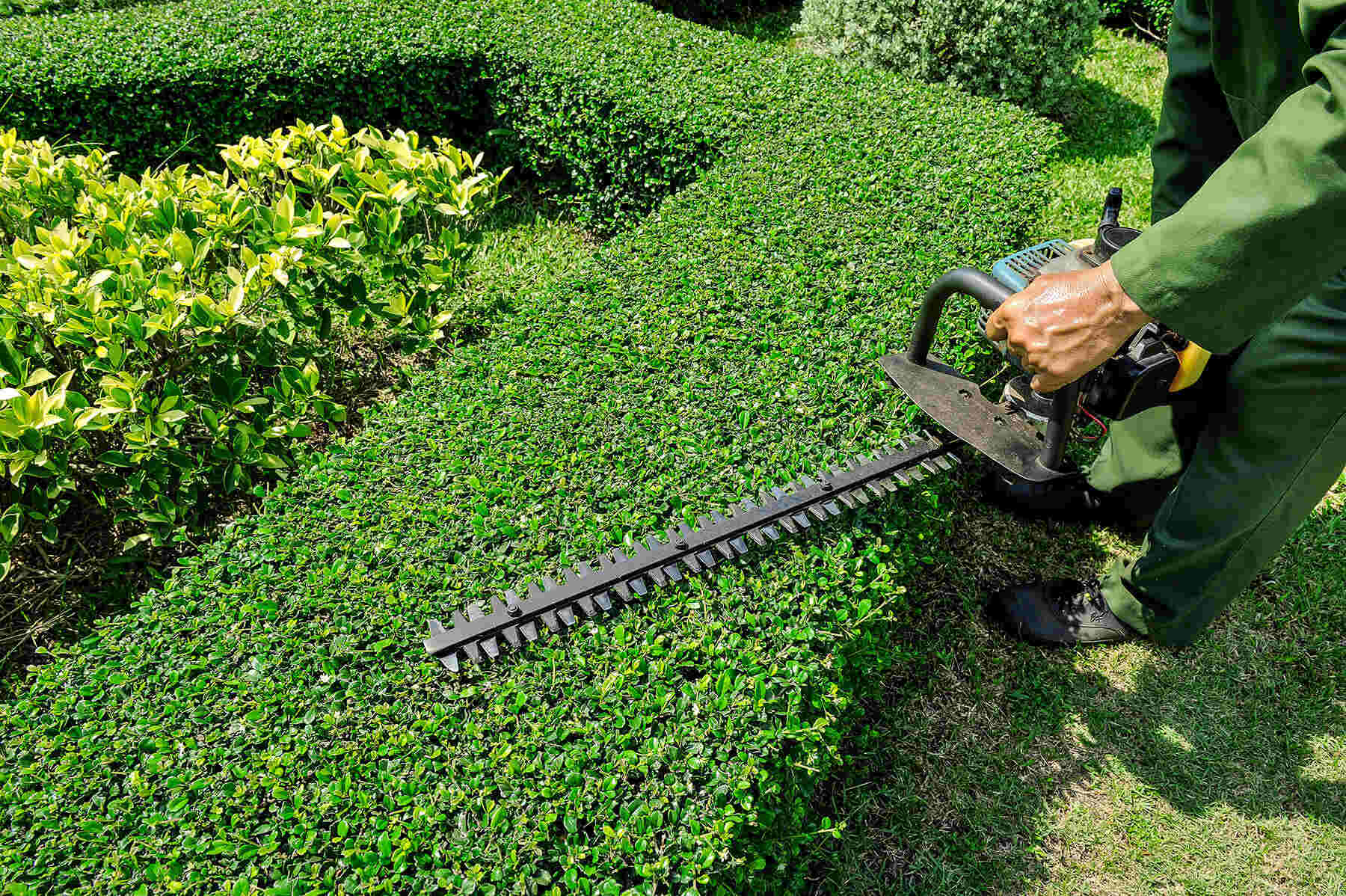

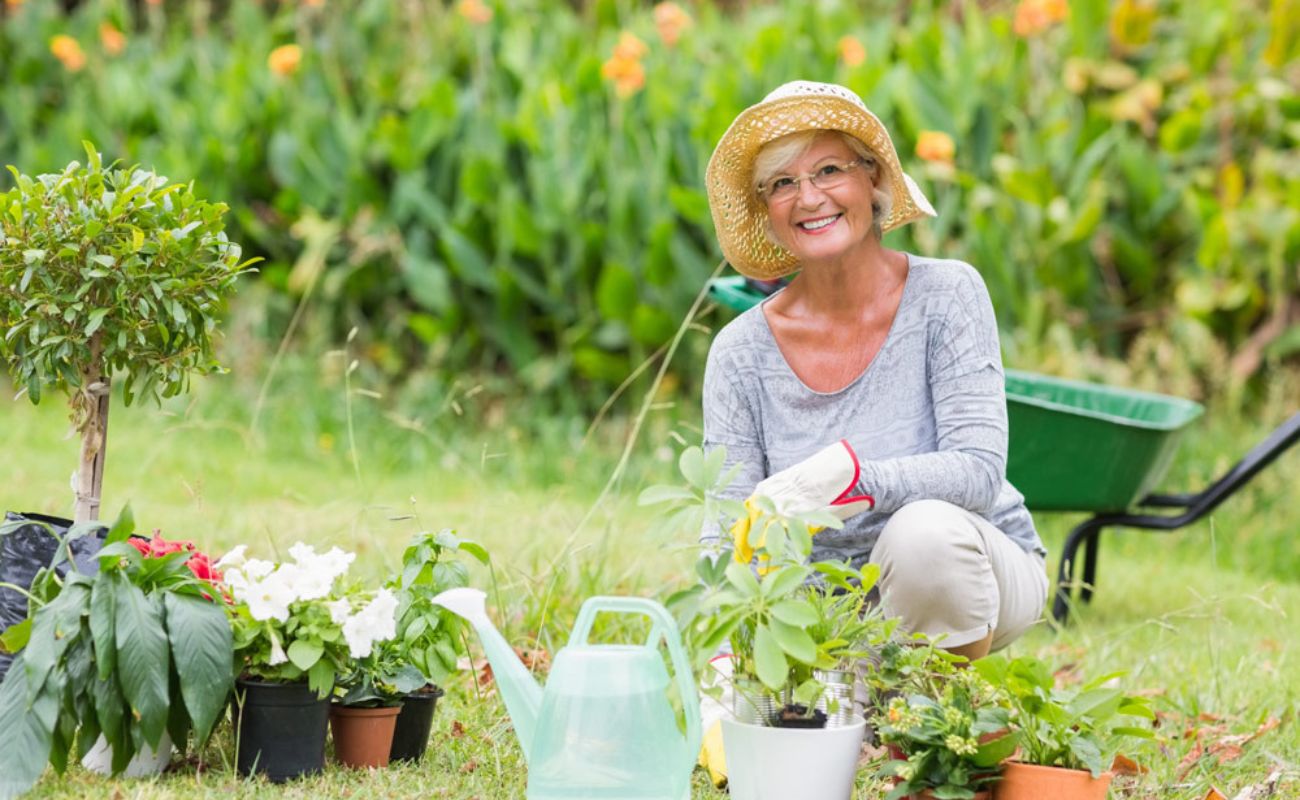
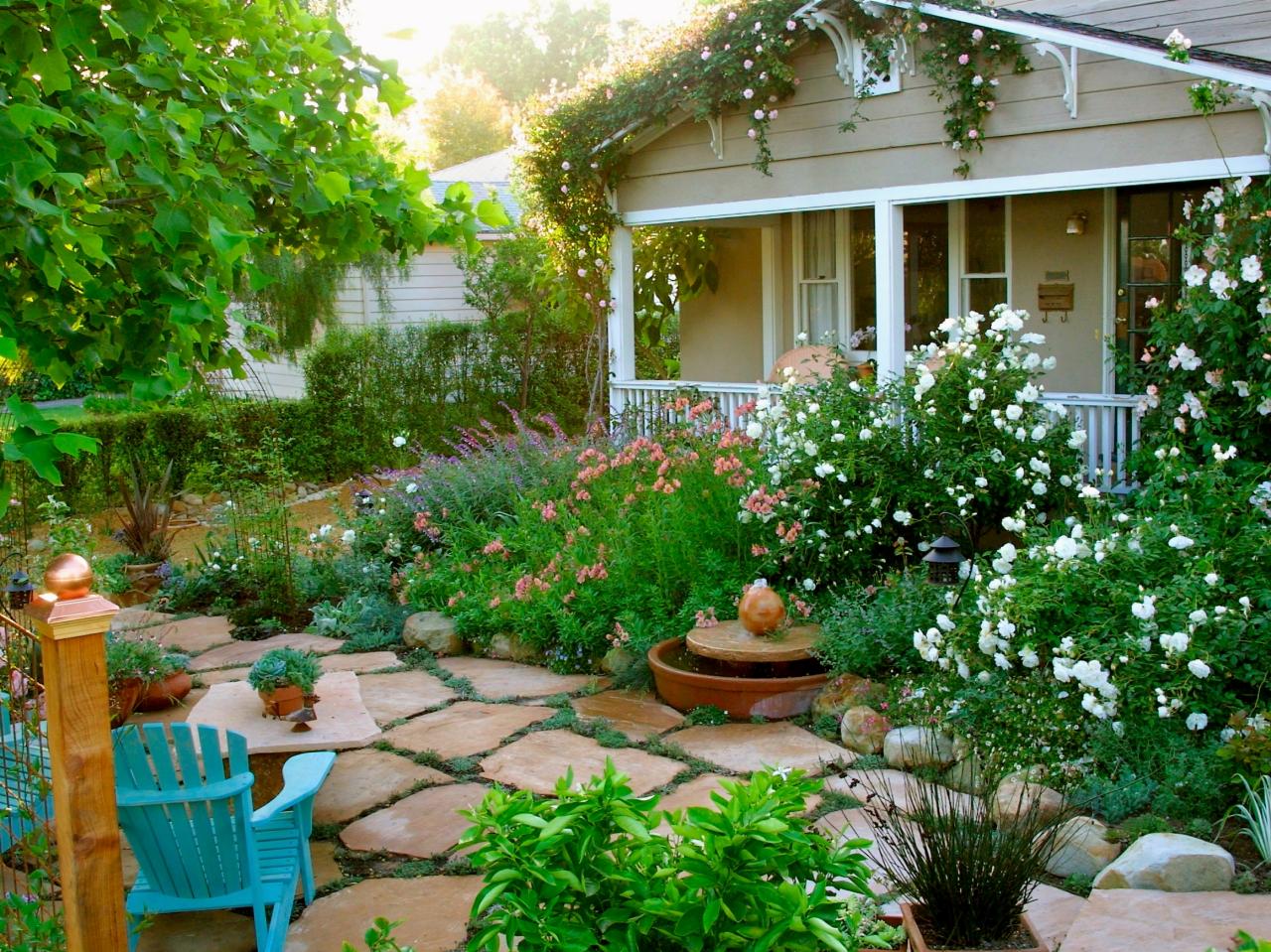
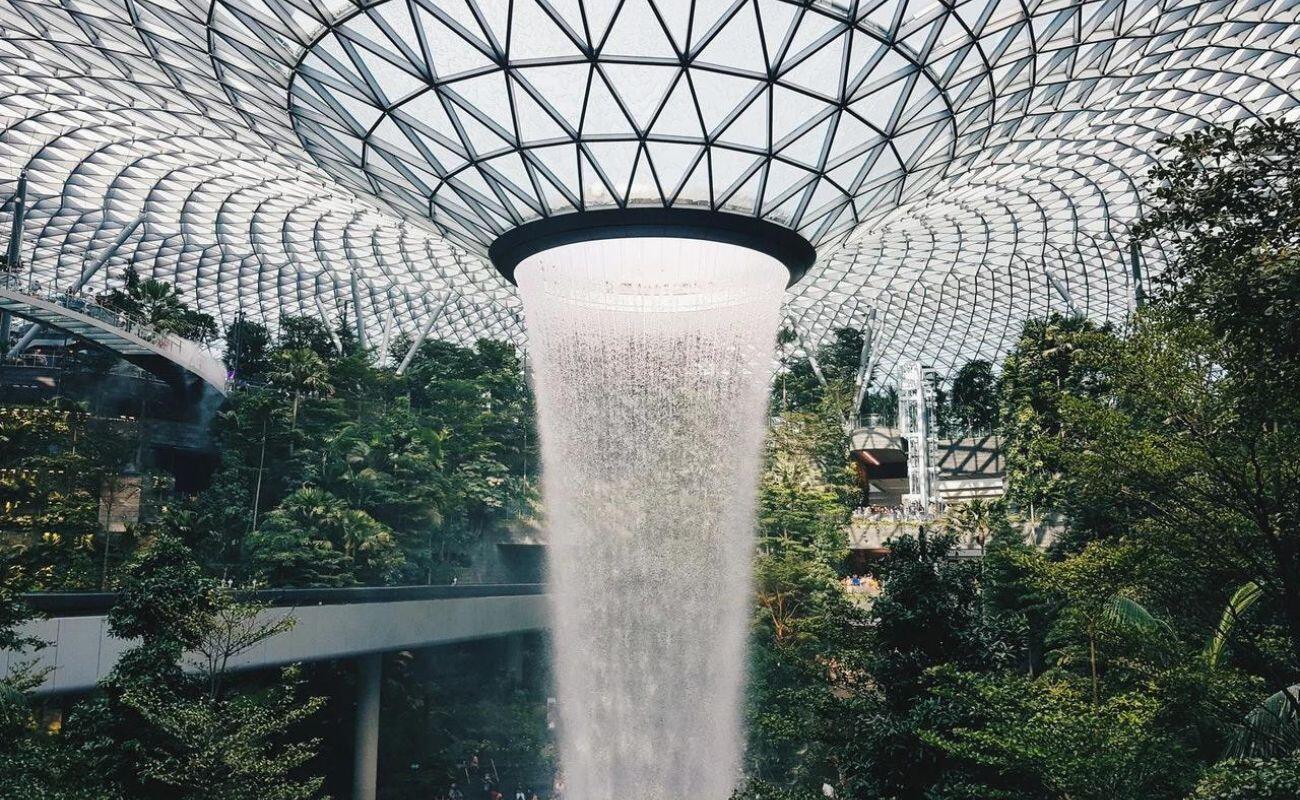
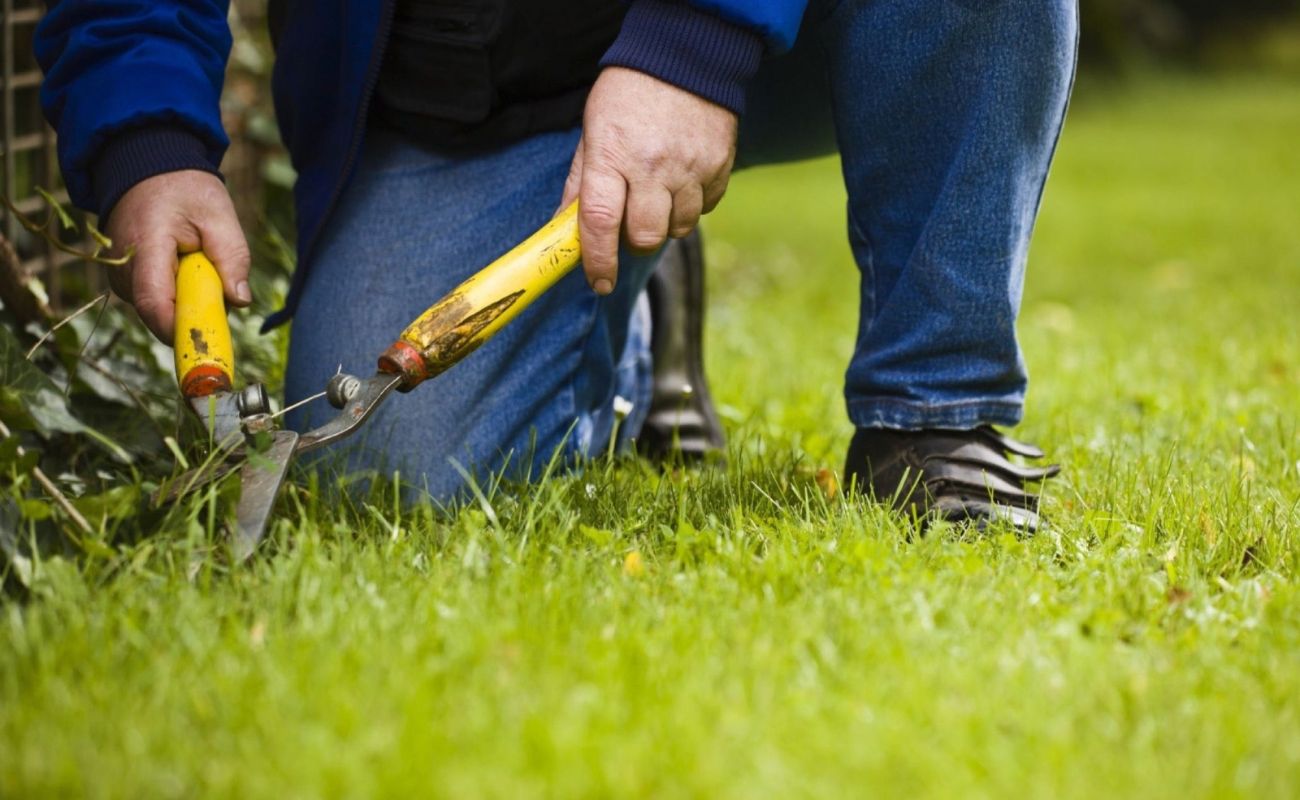
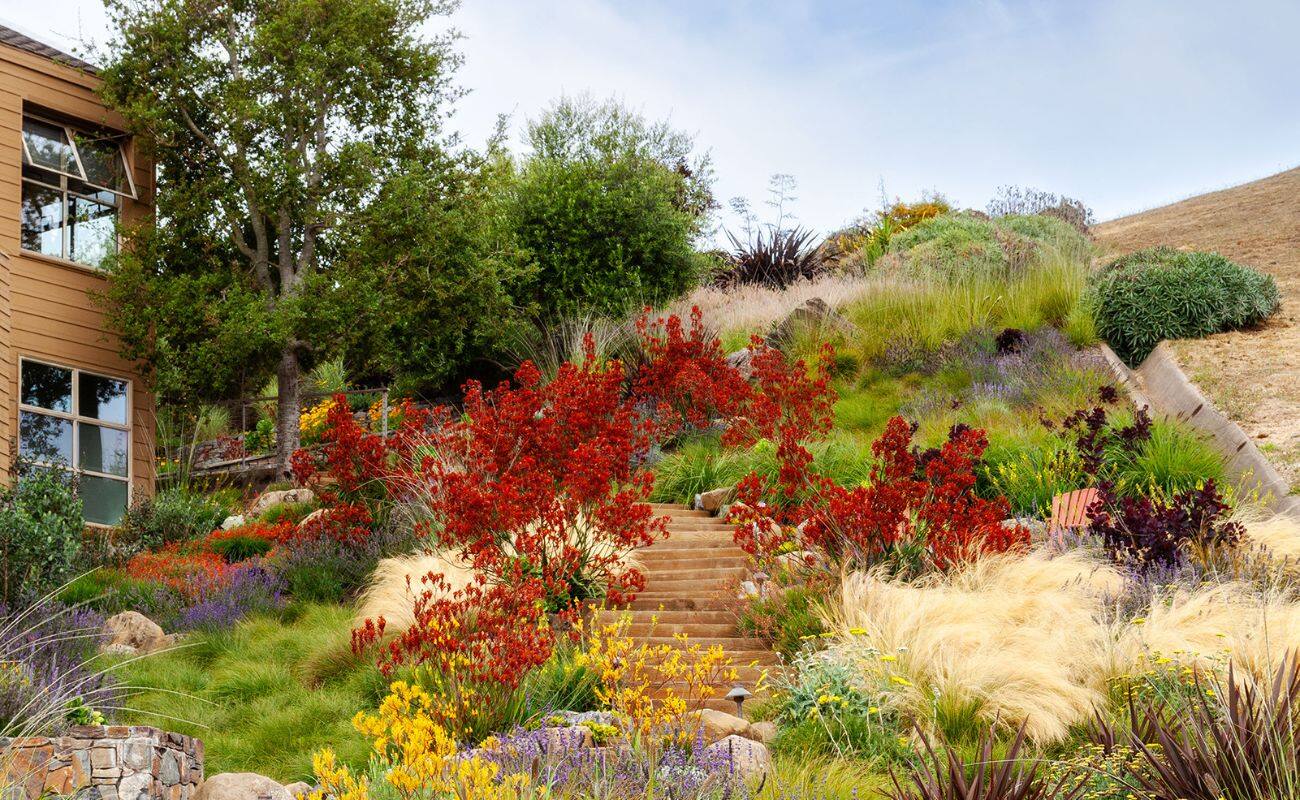
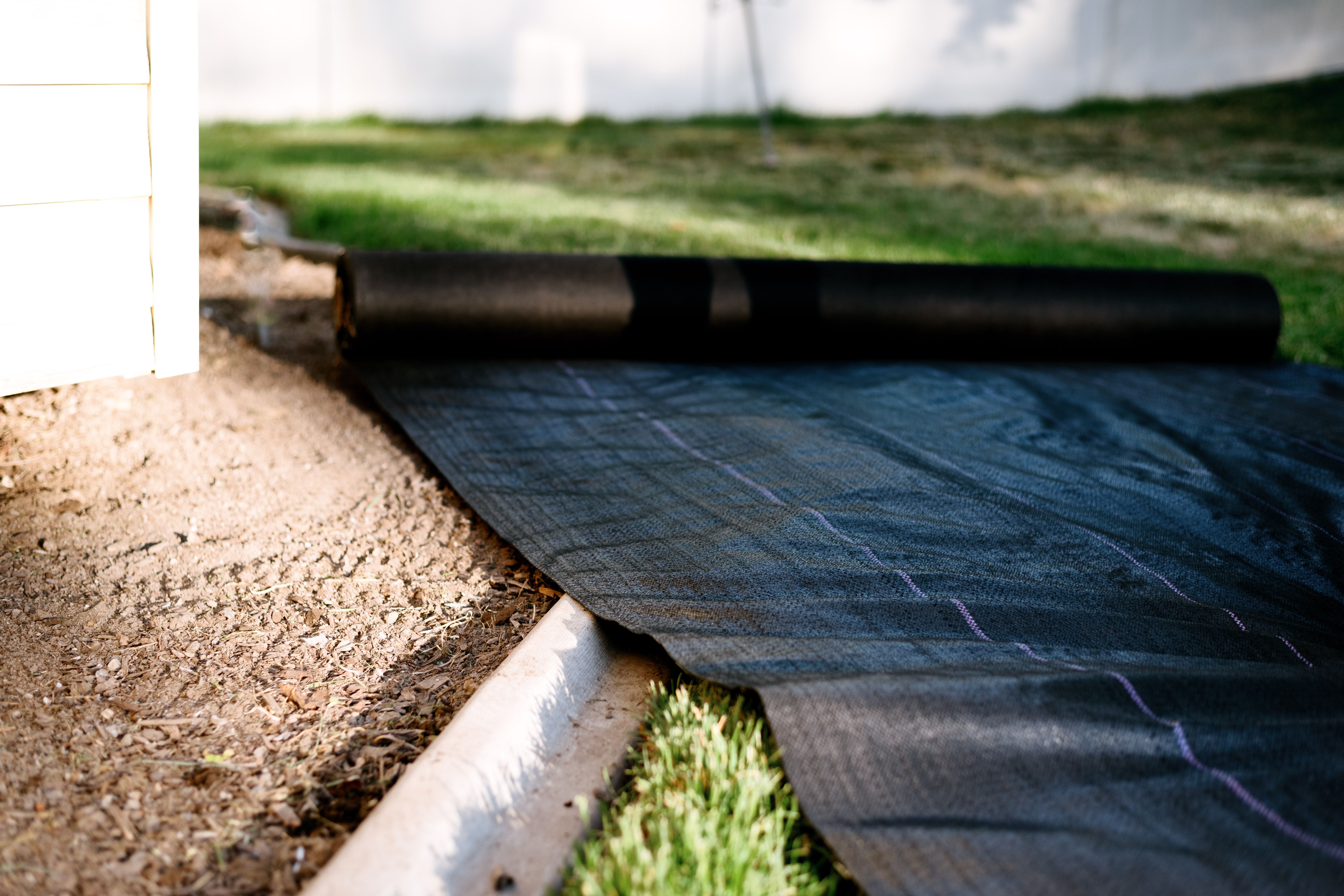
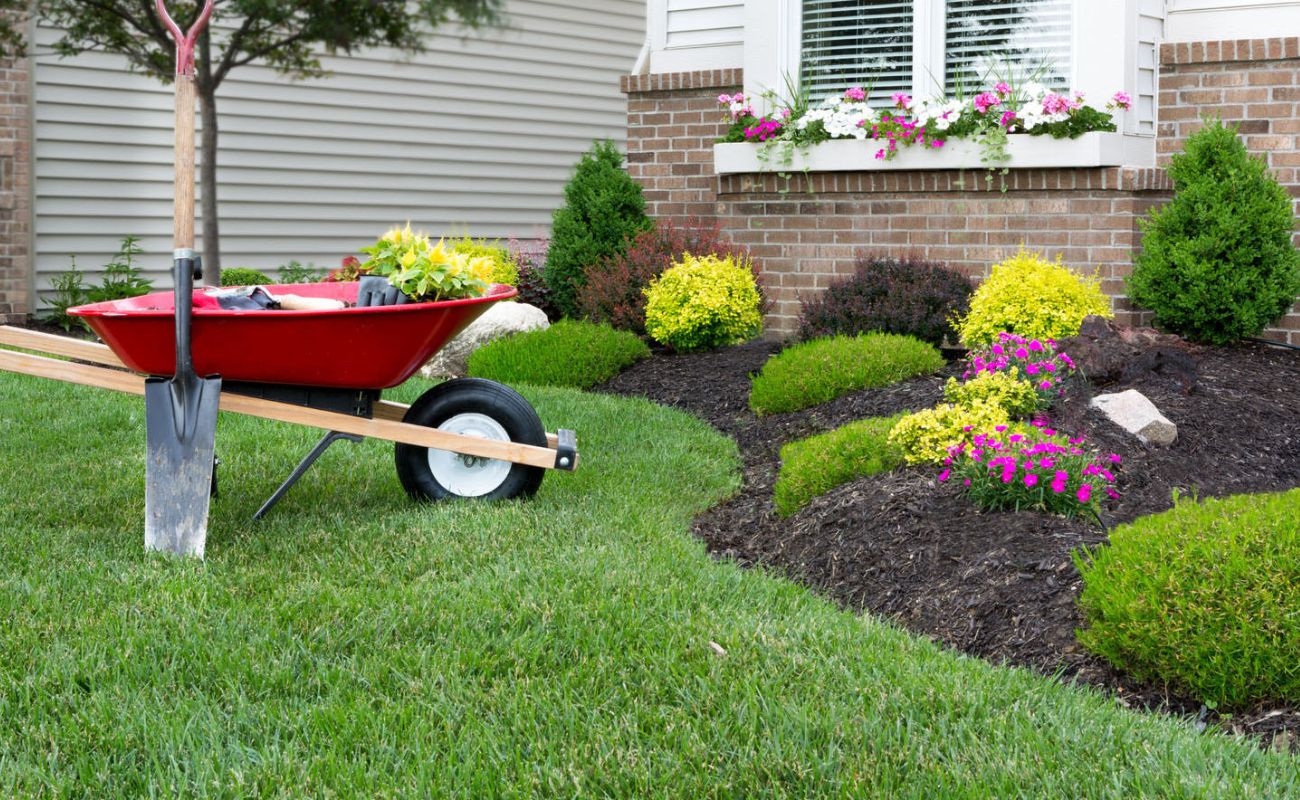

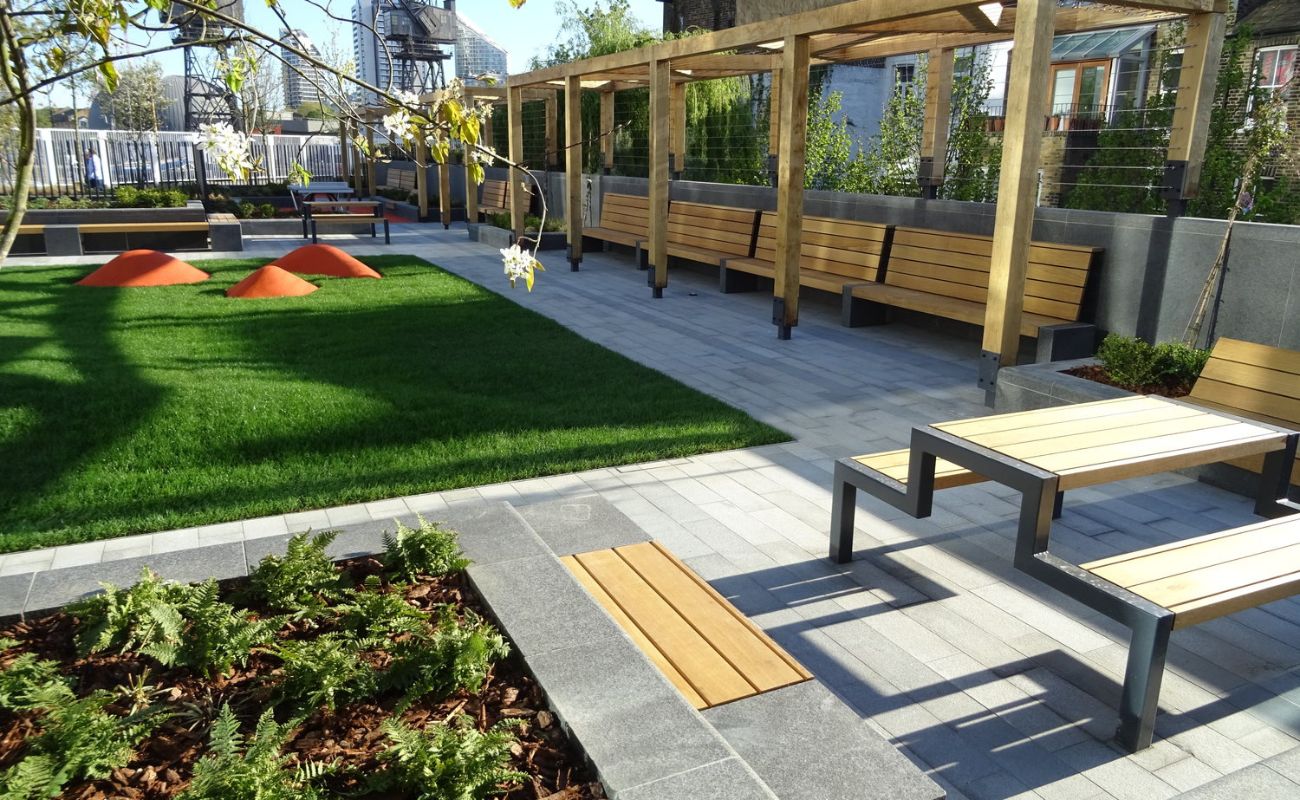
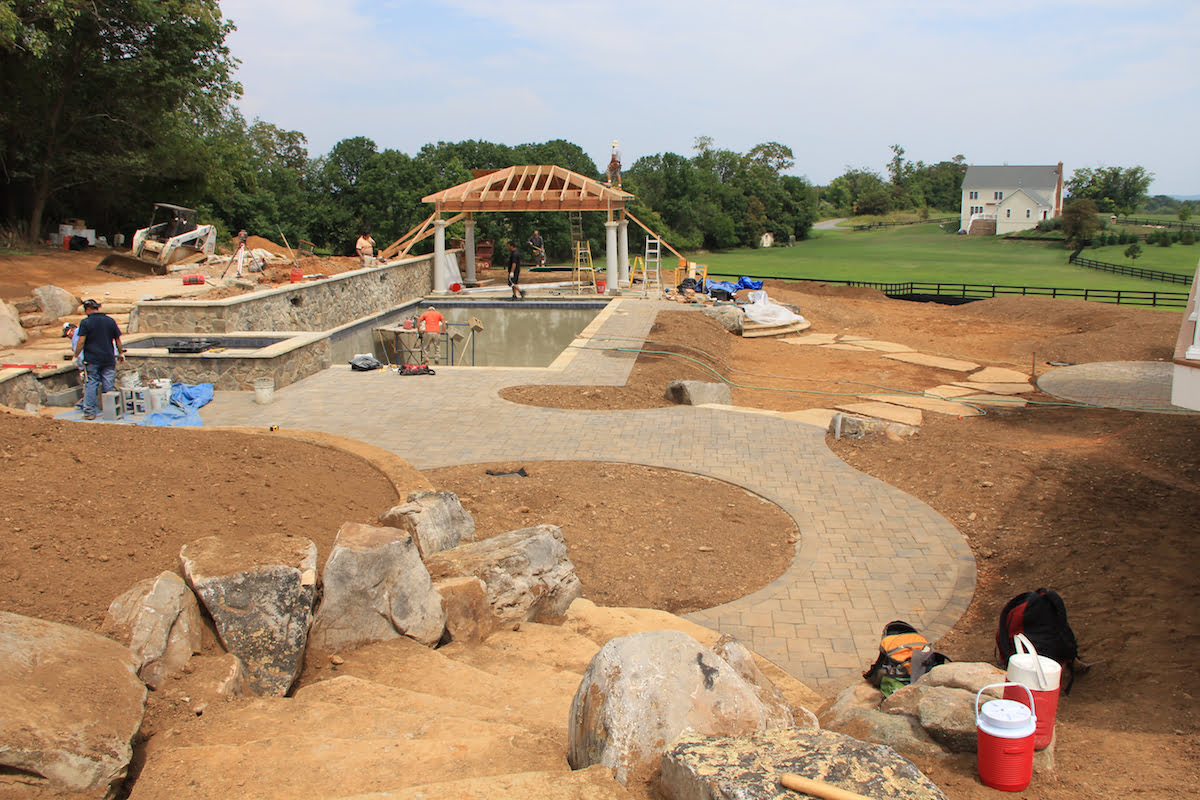
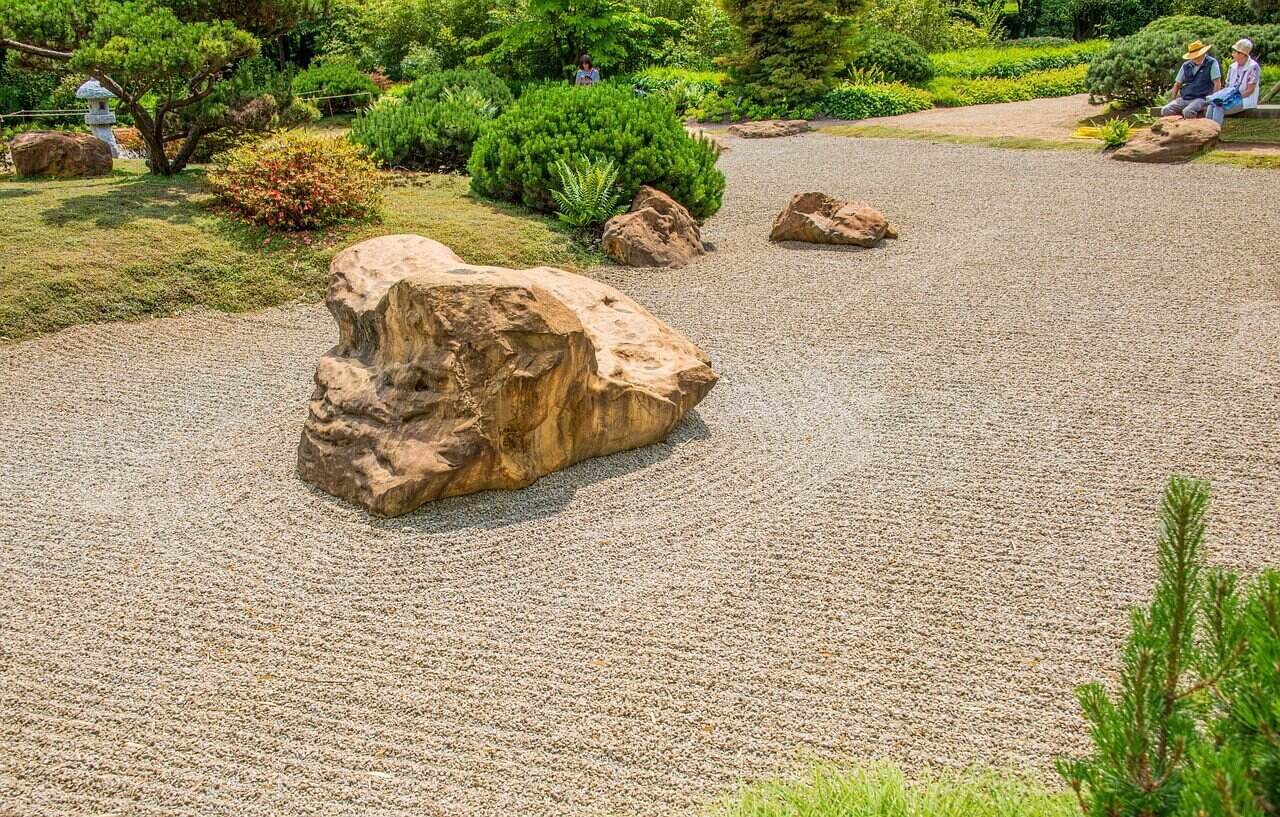

0 thoughts on “What Is Landscaping”